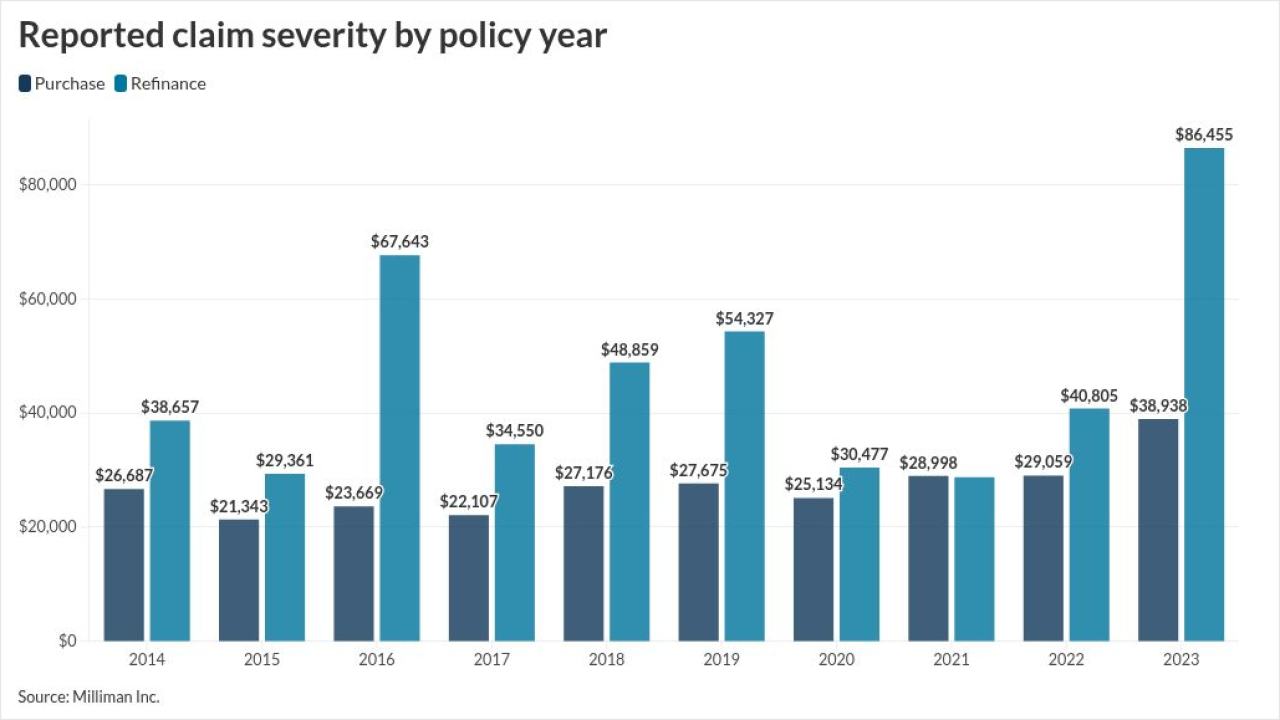The application of game mechanics is an important new tool for P&C and life insurers to “change agent behaviors, create stronger partnerships with agents and generate new sales,” according to a new report from Gartner, entitled “Gamification Is Poised to Transform Insurance Sales Force Management.”
While the technology could be useful throughout an organization, the report predicts that the first place within insurance operations that gamification will appear is agency management functions: “Gamification is designed to alter agent behaviors in the areas of new sales, agent software usage and agent onboarding, by creating engagement and incentives to drive the behaviors that will make agents successful.”
Gamification is defined in the report as the application of game mechanics to nongame scenarios—so not necessarily a game, but rather, the technologies, data and techniques to better engage participants to drive behavioral change. According to the report, this could include “keeping score, granting benefits to winners, maintaining performance levels, awarding points for various achievements and providing feedback about other game players.”
The biggest obstacle to wider implementation of gamification is more so the lack of proven benefits rather than technical issues. Up until this point, the most successful examples have been seen through internal crowdsourcing efforts. A couple advantages to experimenting with gamification: the tactics and rewards are cheaper and inherent as competition and desire are instilled in the workflow, as opposed to raising commissions or looking outside the organization for help.
For insurers interested in experimenting with gamification, the report advises to look for opportunities where “agent and insurer objectives are well-aligned by evaluating agents’ perceptions for their key tasks and targeting those activities that are valuable for agents, but are difficult for agents to learn and stay committed.”
However there are also potential pitfalls in terms of technology and design, such as flexibility and agility in terms of programming, capturing participants’ behavior in real time, data accuracy, device neutrality and easy access, and lastly, designing an engaging user interface.





